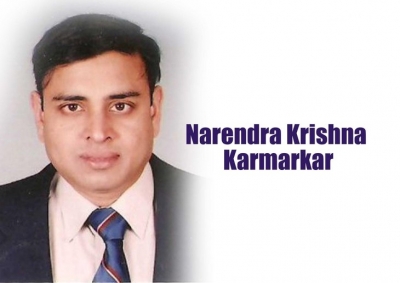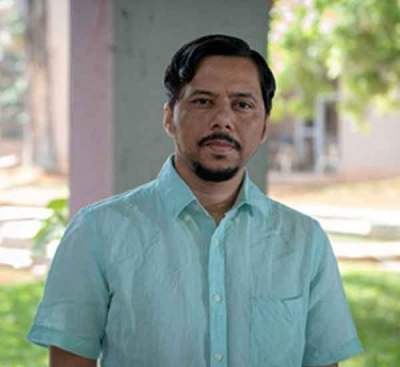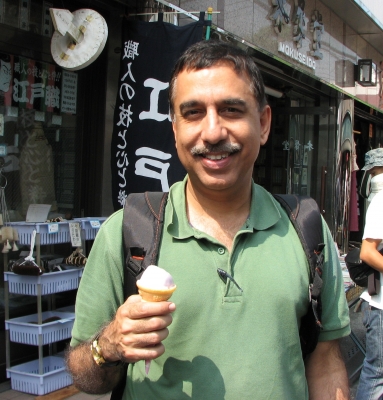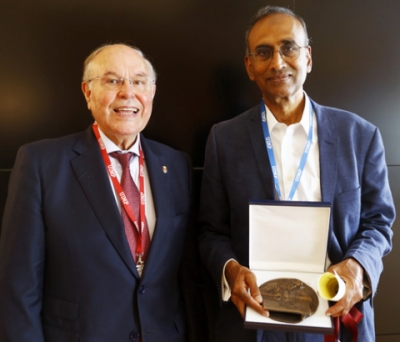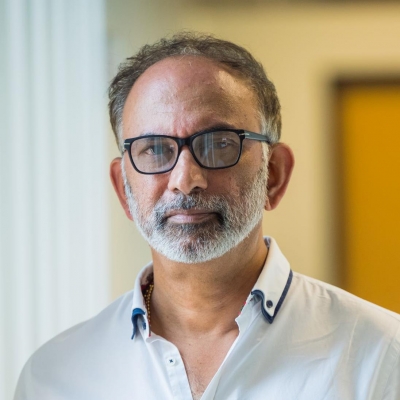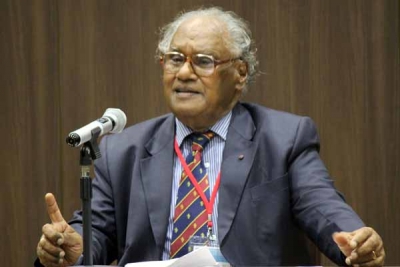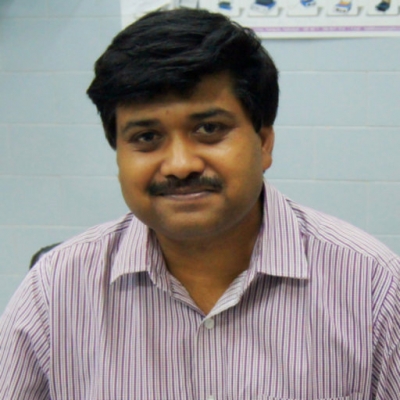Why is E.C.G. Sudarshan considered an outstanding scientist?
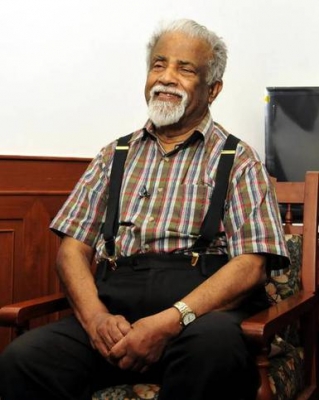
E.C.G. Sudarshan was an Indian-American physicist and author. A professor at the University of Texas, he was nominated for the Nobel Prize nine times!
He was born in Kottayam, Kerala. He had his college education in CMS College, Kottayam and Madras Christian College, Chennai. He got his PhD from the University of Rochester.
His most important discovery was the Sudarshan-Glauber quantum representation of light. Glauber was infamously awarded the Nobel Prize for this. According to Sudarshan's own words, "The 2005 Nobel Prize for Physics was awarded for my work, but I wasn't the one to get it."
He challenged even Einstein's theory that nothing can travel faster than light. This is the case of Tachyons, which are hypothetical particles and which travel faster than light. His other discoveries include the quantum Zeno effect, non- invariance groups, positive maps of density matrices and computation.
ECG Sudarshan was awarded the Padma Bhushan, in 1976. He also received the CV Raman Award. The Padma Vibhushan came to him in 2007.
In 2005, when the Physics Nobel Prize was denied to him, there was a hue and cry. Many physicists wrote to the Swedish Academy, to show their protest that Sudarshan was not awarded a share of the Prize.
Though side-lined by the Nobel Prize committee, he kept his humour alive. He was also keen on the Vedanta philosophy and often gave lectures on this.
E.C.G. Sudarshan died on 13 May 2018.
Picture Credit : Google
